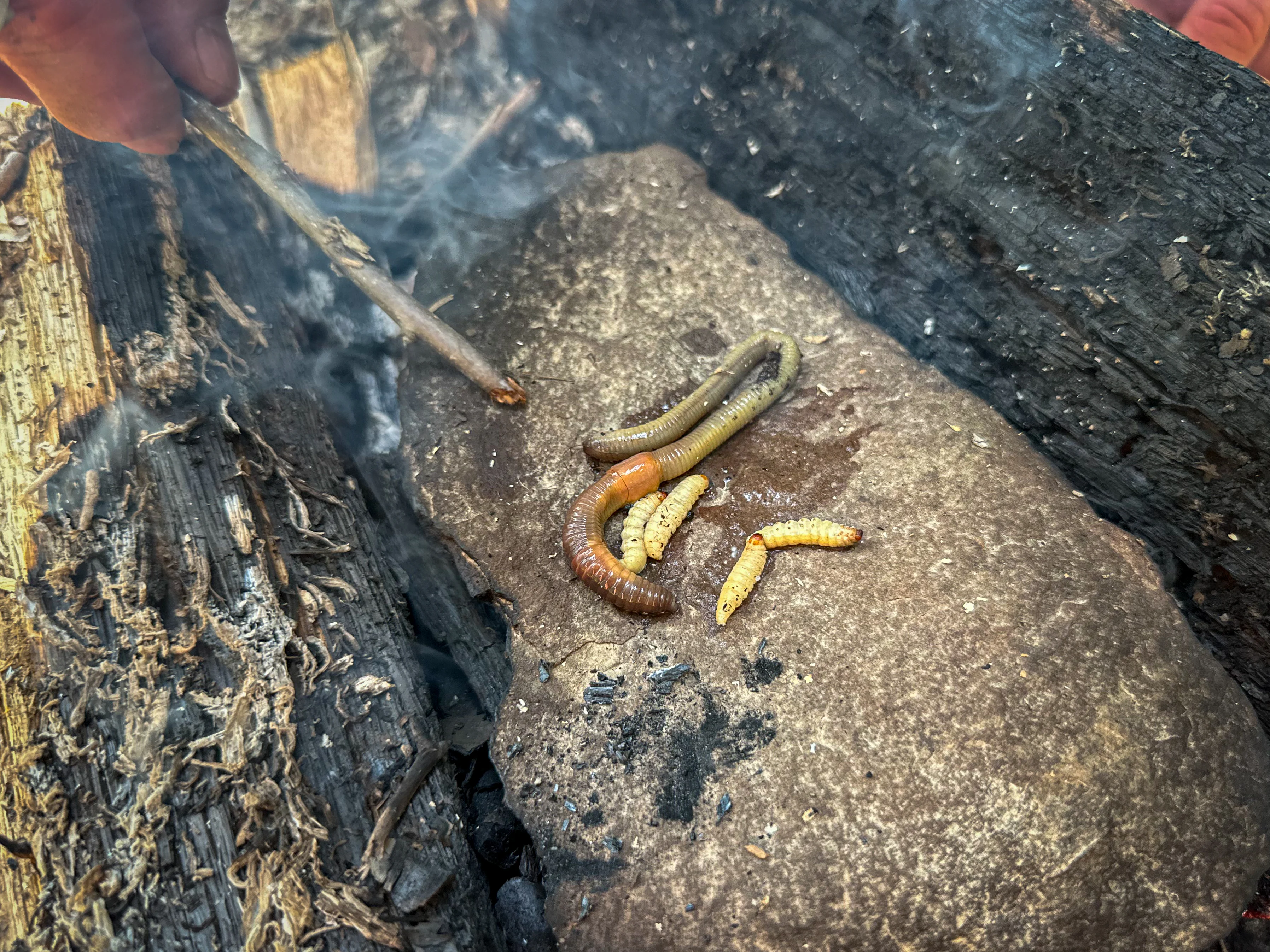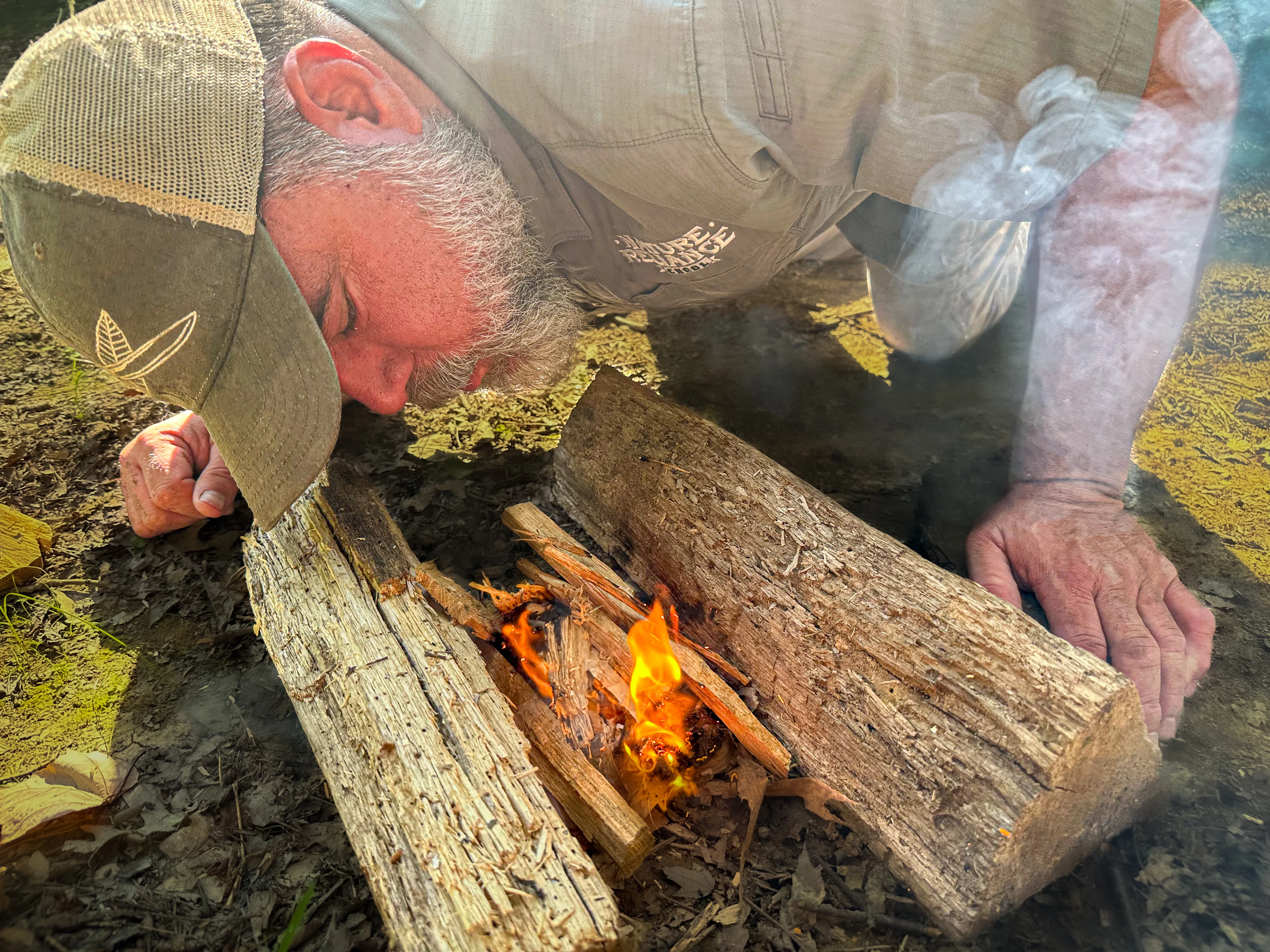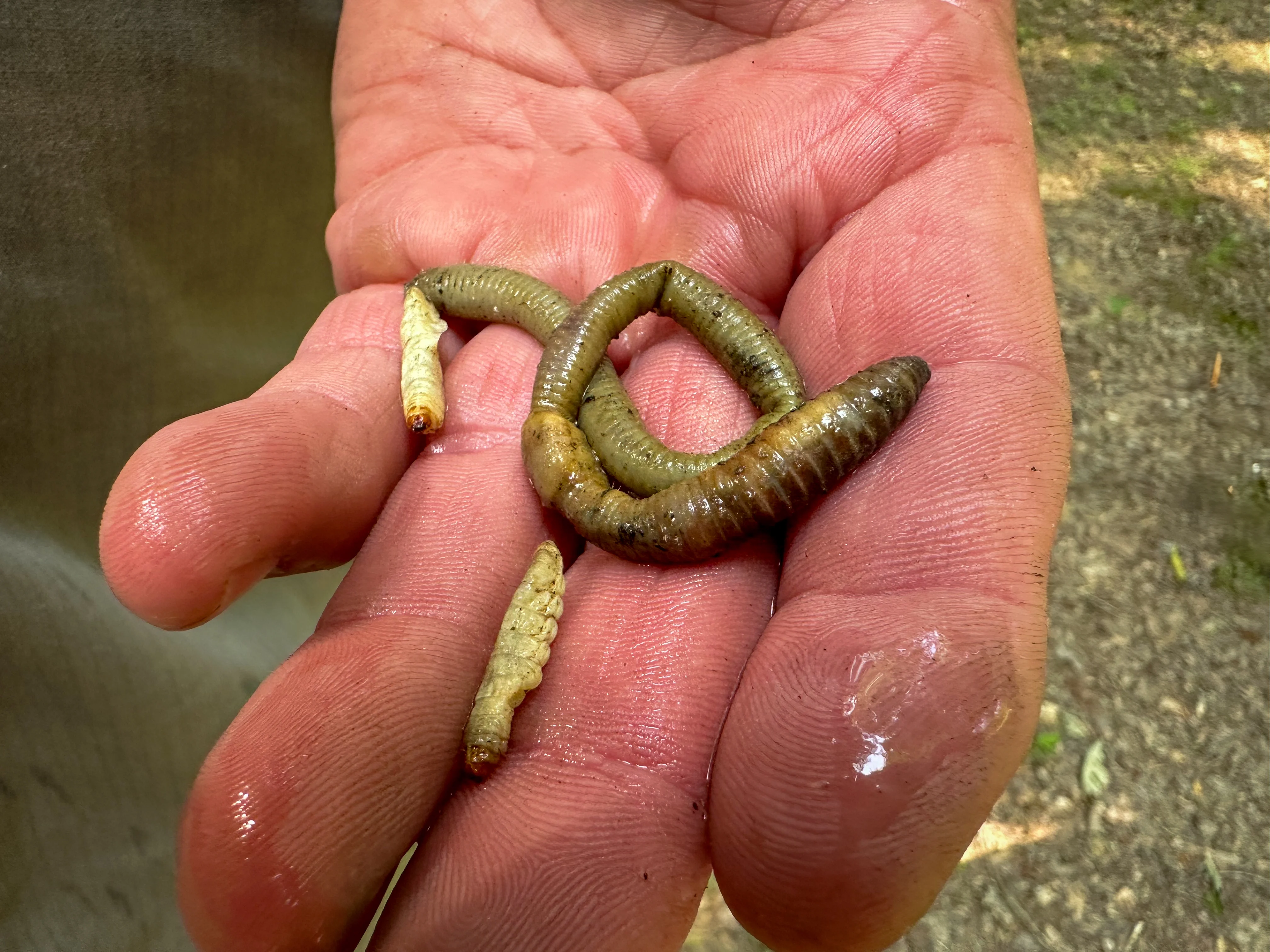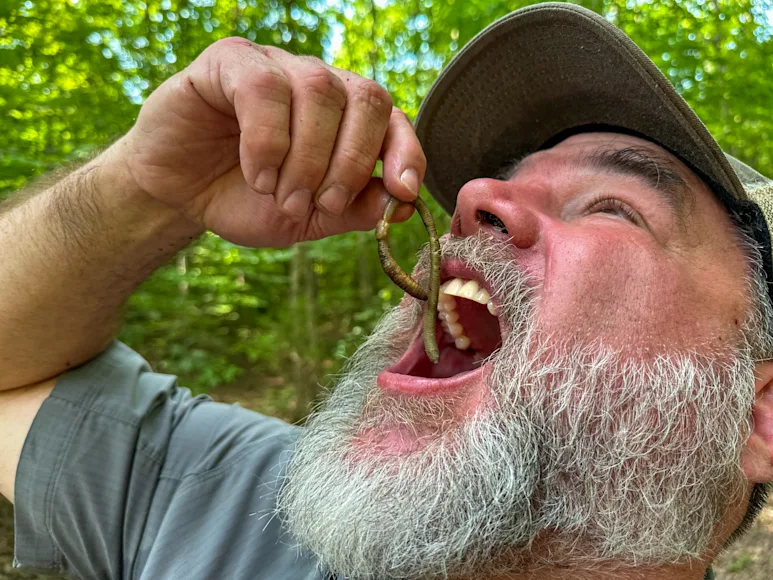Survival involves safety, shelter, water, and food. In most situations, they must be focused on in that order. Despite food being down the line in terms of needs, it is high on the list when it comes to wants. Few skills are as crucial as sourcing and preparing food. For the avid angler, or the survivalist, worms are a vital resource, providing essential bait for fishing and even a source of nutrition in dire situations. One of the most effective techniques for preserving and preparing worms is cooking them on a hot rock. This story will explain the process of finding worms, the benefits of using a hot rock, and the step-by-step procedure for fixing worms on a hot rock for food.
How to Find Worms

Before you can prepare worms, you need to find them. Worms can be found in various environments but thrive in moist, nutrient-rich soil. Here are some tips for locating them.
Look Under Logs and Rocks: Worms seek out dark, moist areas. Turn over logs, rocks, and other debris to reveal their hiding spots. I am most often successful when I follow along a creek or stream bank because the ground has more moisture.
Dig in Damp Soil: After a rainfall or near a water source, the soil is usually teeming with worms. Use a small shovel or your hands to dig and find them gently. In a survival situation, you can use a digging stick to make soil removal easier.
Use Bait: Creating an environment that attracts worms is easy if you have the space. Set up a moist environment to attract worms. You can pour a mixture of water and mustard powder into the soil. The mustard irritates the worms, causing them to surface.
Check Compost Piles: Worms will be plentiful if you're near a campsite or where organic matter decomposes. These piles keep the soil moist and also deposit secreted nutrients that worms are attracted to.
Why Use a Hot Rock?

Using a hot rock to cook or prepare worms has several advantages:
Even Heating: Many of the finest kitchens have rock-cooking surfaces for use in the oven or stove. By doing so, they mimic what our more primitive ancestors already knew. Rocks hold and distribute heat evenly, ensuring the worms are cooked thoroughly.
Minimal Equipment: This method requires minimal gear, making it ideal for survival or minimalist camping trips. You make fire from natural materials, so why not make your cooking surface from the same?
Nutrient Preservation: Cooking worms on a hot rock can help retain their nutritional value, providing a vital source of protein and other nutrients. Many nutrients drip into the fire when you cook something on a spit or stick. In some situations, you need nutrition to get energy to stay alive in a survival situation.
Safety: Cooking worms, not just on a rock, eliminates harmful pathogens and parasites, making them safe to consume. Even larvae found on fruit, rather than dead animals, are edible. Prepare them in the same manner. I often find maggots on paw-paw fruits in my neck of the woods. Cook them up to remove the parasites; they taste like little paw paw nuggets. No, I am not joking here.
Preparing Your Hot Rock

To use a hot rock effectively, follow these steps:
Choose the Right Rock: Select a flat, smooth rock that can hold heat. Avoid rocks that are damp or have been submerged in water, as they can crack or explode when heated. If that is all that is available, build a fire and dry them out near but not on the fire. Please do this by placing the rocks a foot from a fire and turning them so they slowly dry out.
Build a Fire: Use dry wood and kindling to create a fire. Let it burn down until you have a bed of hot coals.
Heat the Rock: Place the rock near the coals and gradually heat it up. Depending on size and density, this can take 30 minutes to an hour. Use caution when handling the rock, as it will be boiling.
Cooking Worms on the Hot Rock

Once your rock is sufficiently heated, you can begin preparing the worms. Here’s a step-by-step guide:
Clean the Worms: Rinse the worms with clean water to remove dirt and debris. If you have access to a small brush, use it to scrub the worms gently. I use an old toothbrush for this.
Prepare the Worms: You can gut them by slicing them open lengthwise and removing the innards to improve the texture and taste. This step is optional but recommended. As you can see, I did not do this for this article. My experience has been that if you leave them in, they will taste a bit more earthy. There are no issues with parasites if you cook them through.
Place the Worms on the Rock: Lay the cleaned and prepared worms directly on the hot rock. Spread them out to ensure they cook evenly.
Monitor the Cooking: The worms will cook quickly on the hot rock. Turn them occasionally to avoid burning. They are done when they become firm and slightly crispy.
Season: If you can access salt or other seasonings, sprinkle them on the cooked worms to enhance the flavor. For those who think this process is an absolute no-go but want to do it for possible survival necessity, try seasoning. You won't be disappointed.
Alternate method: Boil the worms for even consistency in cooking. Most people I have taught these methods to for survival have found this more difficult to tolerate. I have also found that hunger is the best seasoning in the world. If you do this on a trial run, it will be problematic. Suppose you are doing it because you are hungry and need food. Rock cooking or boiling either one will get you a food source without contaminants.
Conclusion
Finding and fixing worms on a hot rock is a practical and efficient skill for outdoor enthusiasts and survivalists alike. This method provides a reliable way to prepare food in the wilderness and ensures that the worms are safe and nutritious. The next time you find yourself in the great outdoors, try this technique and experience the simplicity and effectiveness of cooking on a hot rock.
Whether you're an angler looking for bait or a survivalist seeking sustenance, mastering the art of finding and fixing worms on a hot rock is a valuable addition to your outdoor skill set. Embrace this age-old method and enhance your wilderness experience with the knowledge and confidence to thrive in nature's embrace.


